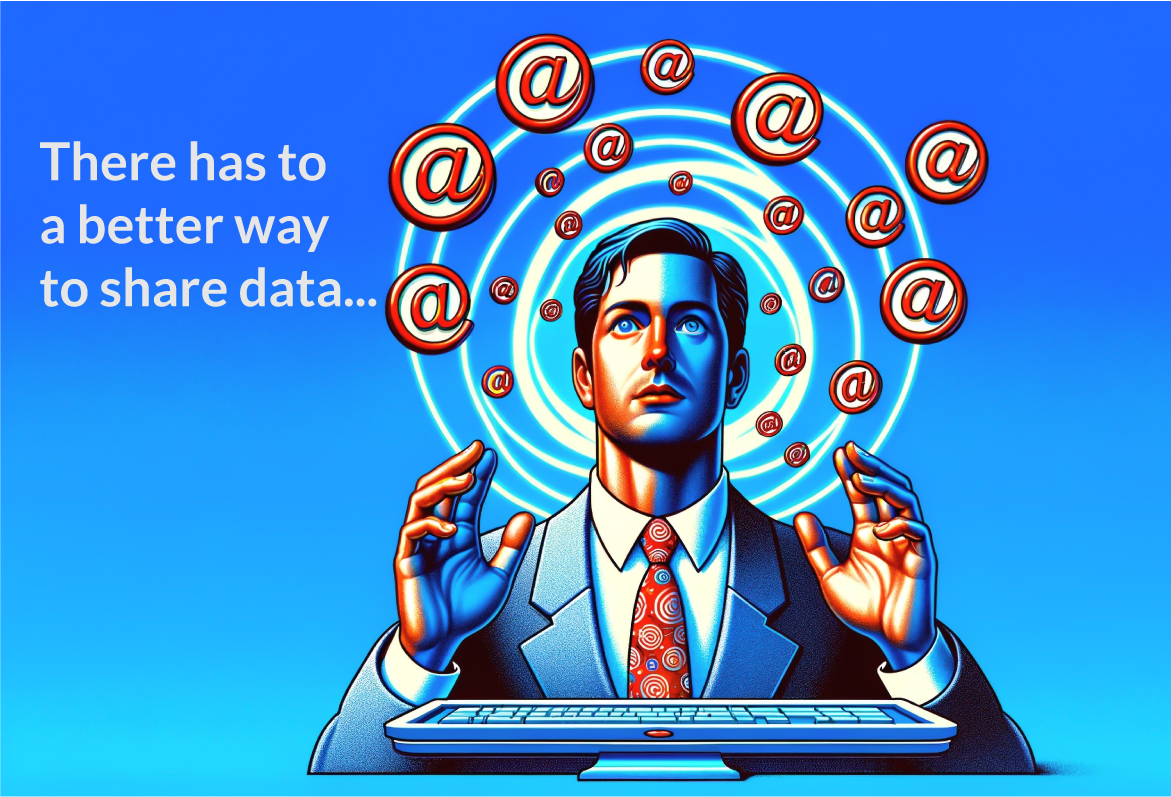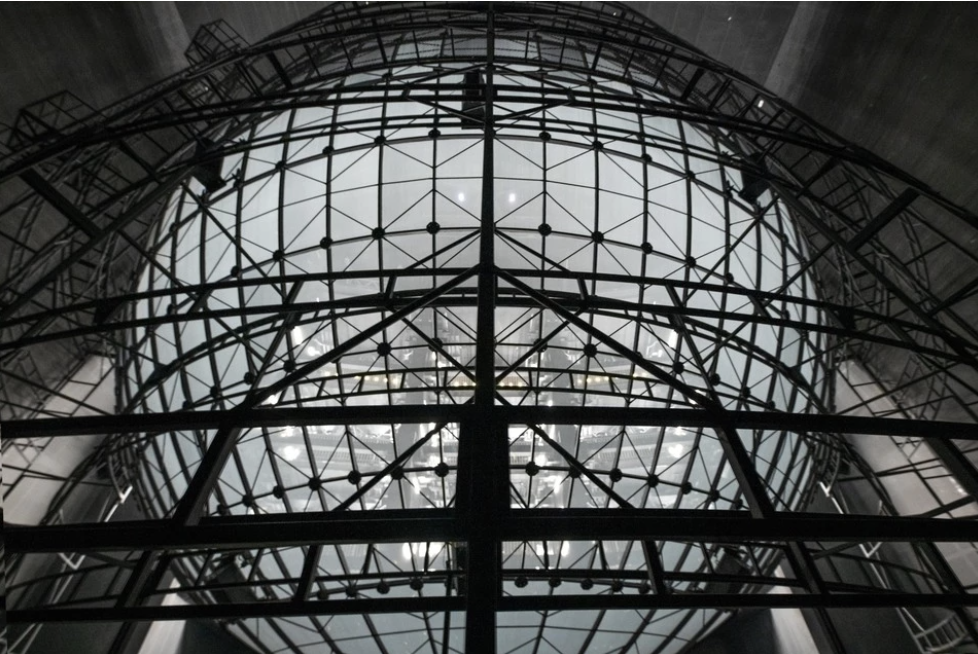Email has long been the go-to method for communication and data sharing in the architecture, engineering, and construction (AEC) industry. Architects were early adopters of email, using it to share information efficiently. They pioneered the use of FTP sites for large file sharing and data logs to keep track of transactions. However, while other industries have evolved past these methods, many architects remain committed to these outdated practices. Today, no financial institution, product company or software developer relies on email for collaboration. They all transitioned to better forms of communication. This post explores why email is failing your projects and how adopting more efficient, secure and collaborative tools can enhance workflows.
Fragmentation of Information
Managing contributions from a large and diverse team is a constant challenge. Each team member plays a critical role but relying on email for communication and data sharing creates significant fragmentation of information. On average, each project shares about 2,000 files per year with people outside the organization. This staggering amount of information is difficult to manage through email alone. Architects and designers frequently exchange drafts and revisions via email, leading to multiple versions and confusion. The integrity of this data is paramount, and fragmented information through email does not satisfy this critical need.
Engineers share detailed technical drawings and specifications, which can be difficult to track and verify through email threads. Contractors and subcontractors coordinate schedules, materials, and labor through email, increasing the risk of miscommunication and delays. Consultants and regulatory authorities provide feedback and approvals through various email exchanges, further fragmenting the project data. This fragmentation makes it challenging to maintain a single source of truth, leading to data loss, miscommunication and inefficiencies. Each construction project is inherently unique. Managing such diverse and dynamic information through email only compounds these issues. For architects, legally and ethically bound to ensure the safety and integrity of their designs, email fragmentation poses a significant professional risk.
Lack of Real-Time Collaboration
Email is an asynchronous tool, making real-time collaboration nearly impossible. This can cause delays and miscommunication, as team members are not always on the same page. Real-time collaboration is essential in construction projects. Quick decision-making and updates can significantly improve progress and success. When you communicate via a real-time tool, you can quickly address issues, resolving differences almost instantaneously. According to Slack, employees spend an average of 11 hours a week writing emails. Many of these emails go unread or are misunderstood, highlighting the inefficiency of email as a communication tool.
Inefficiency in Communication
Long email threads are cumbersome to follow, leading to lost information and inefficiencies. Important details can be buried in lengthy email chains, making it difficult to track decisions and actions. This inefficiency can result in duplicated efforts, overlooked details, and increased project timelines. Studies have shown that emails are often not fully read and can be misinterpreted, leading to missed deadlines and miscommunication. A single email on a construction project might go out to 100 people. Some recipients are meant to respond, some to review and authorize, maybe even sign. In a world based on email, it’s challenging to know what to do without proper context. In Concert, we use roles following the basic rules of RACI (Responsible, Accountable, Consulted, and Informed). This ensures that nobody is in the dark about their responsibilities and can act quickly and decisively.
Security Risks
People often send sensitive information via email without considering the security implications. Email attachments are prone to manipulation, spoofing, and infection by viruses or malware. Once an attachment is sent, it is out of the sender’s control, increasing the risk of unauthorized access and tampering. While some companies enforce policies to share data via secured links to Project Information Management System (PIMS) software, these links can still be vulnerable. Spoofing attacks can redirect recipients to fraudulent platforms that mimic legitimate ones. Systems that require Multi-Factor Authentication (MFA) for entry are generally more secure than those that do not. MFA adds an extra layer of protection by requiring users to verify their identity through multiple methods. However, even with MFA, if the initial link or email is compromised, the security of the shared data can still be at risk.
A Better Way
Concert offers a superior solution by centralizing project data within a secure platform, ensuring real-time collaboration, and providing robust security measures, including blockchain verification and user authentication. By eliminating the reliance on email for data sharing, Concert reduces the risk of data breaches and enhances the integrity and confidentiality of your projects.
By addressing these issues, you can create a more efficient, collaborative and secure environment for your projects. Let’s work together to move beyond the limitations of email and embrace a better way to collaborate.





